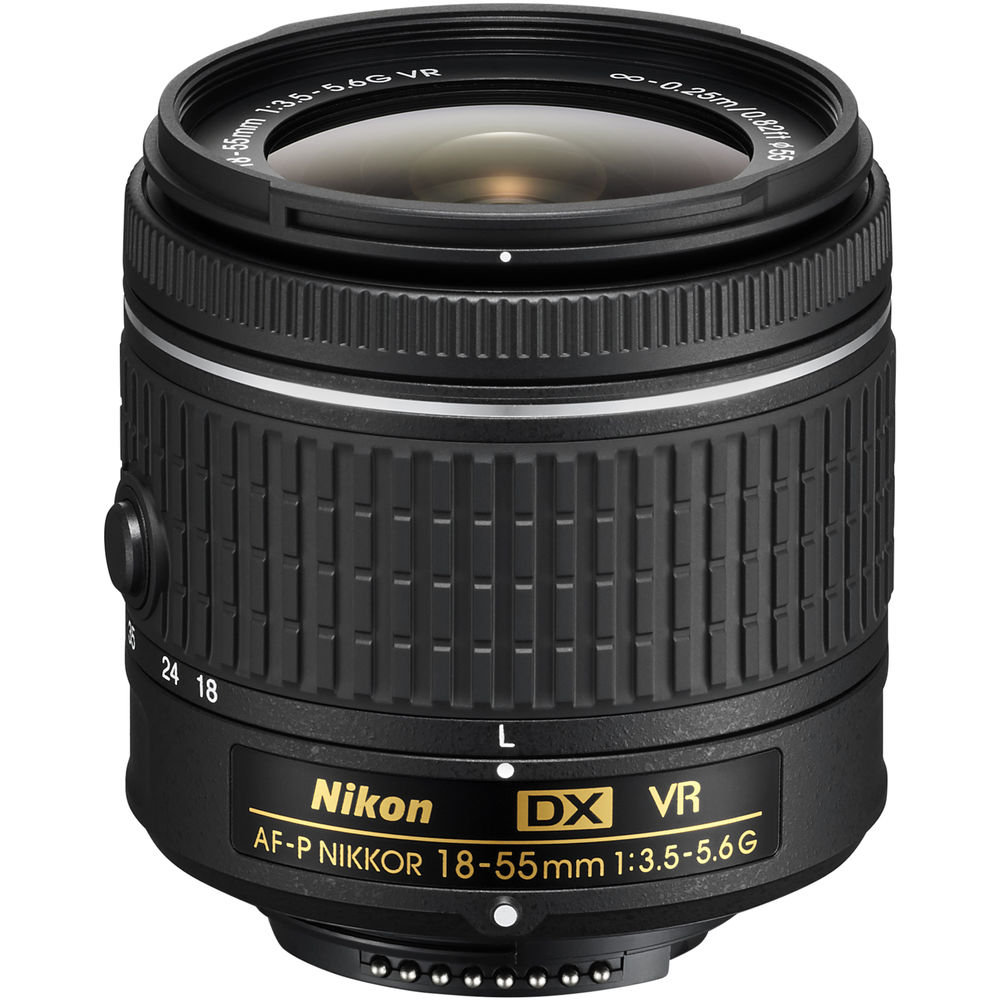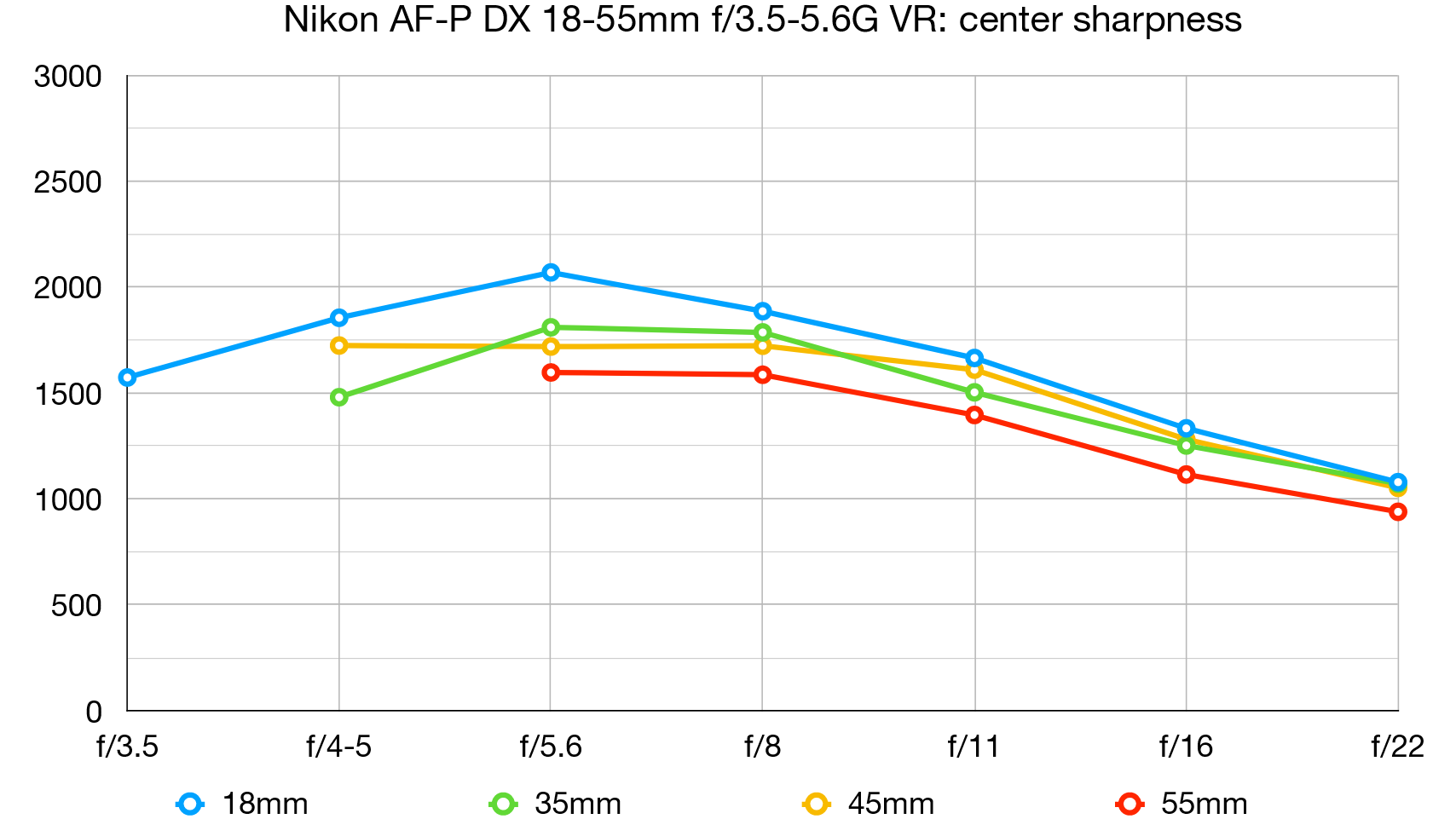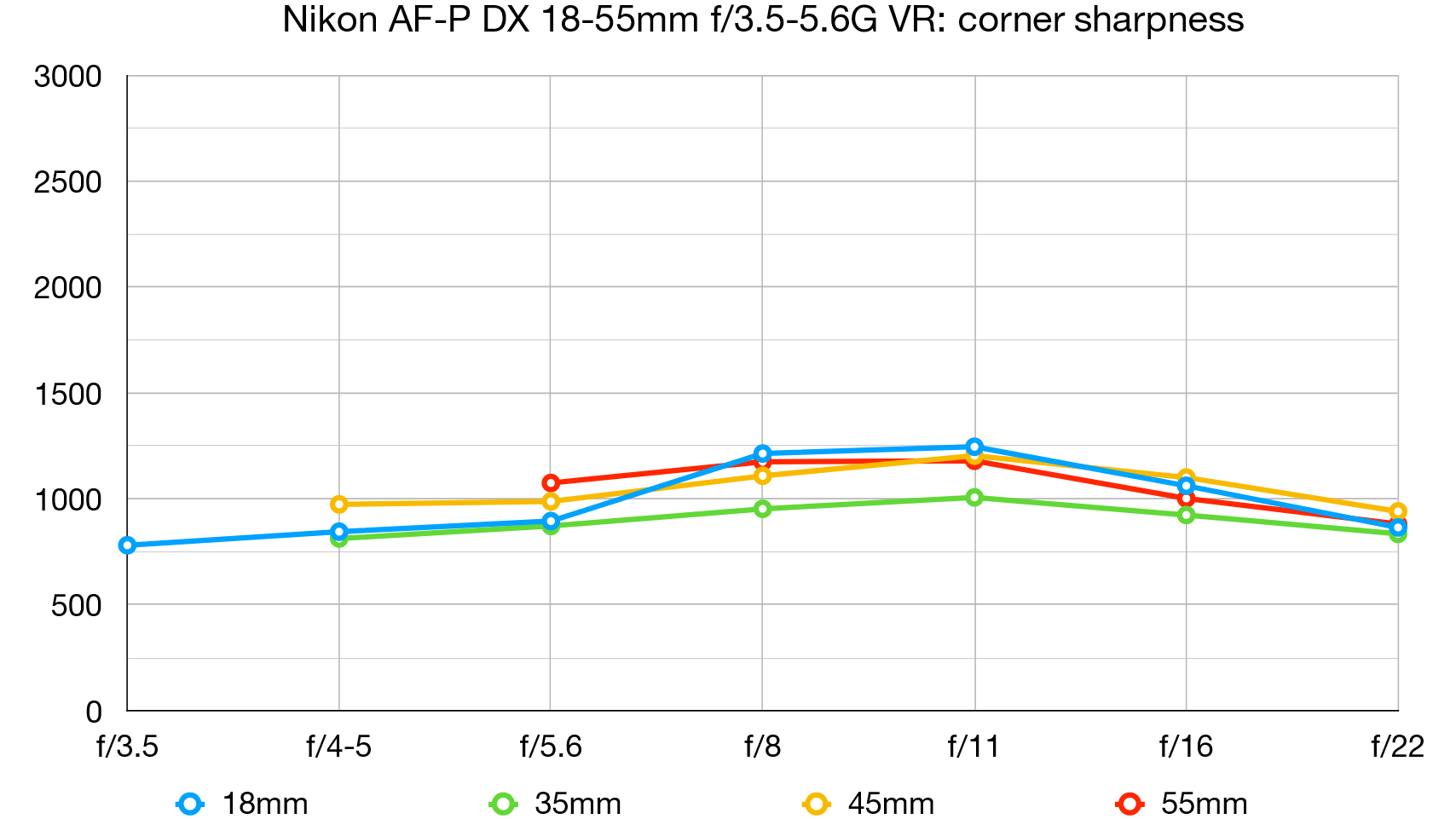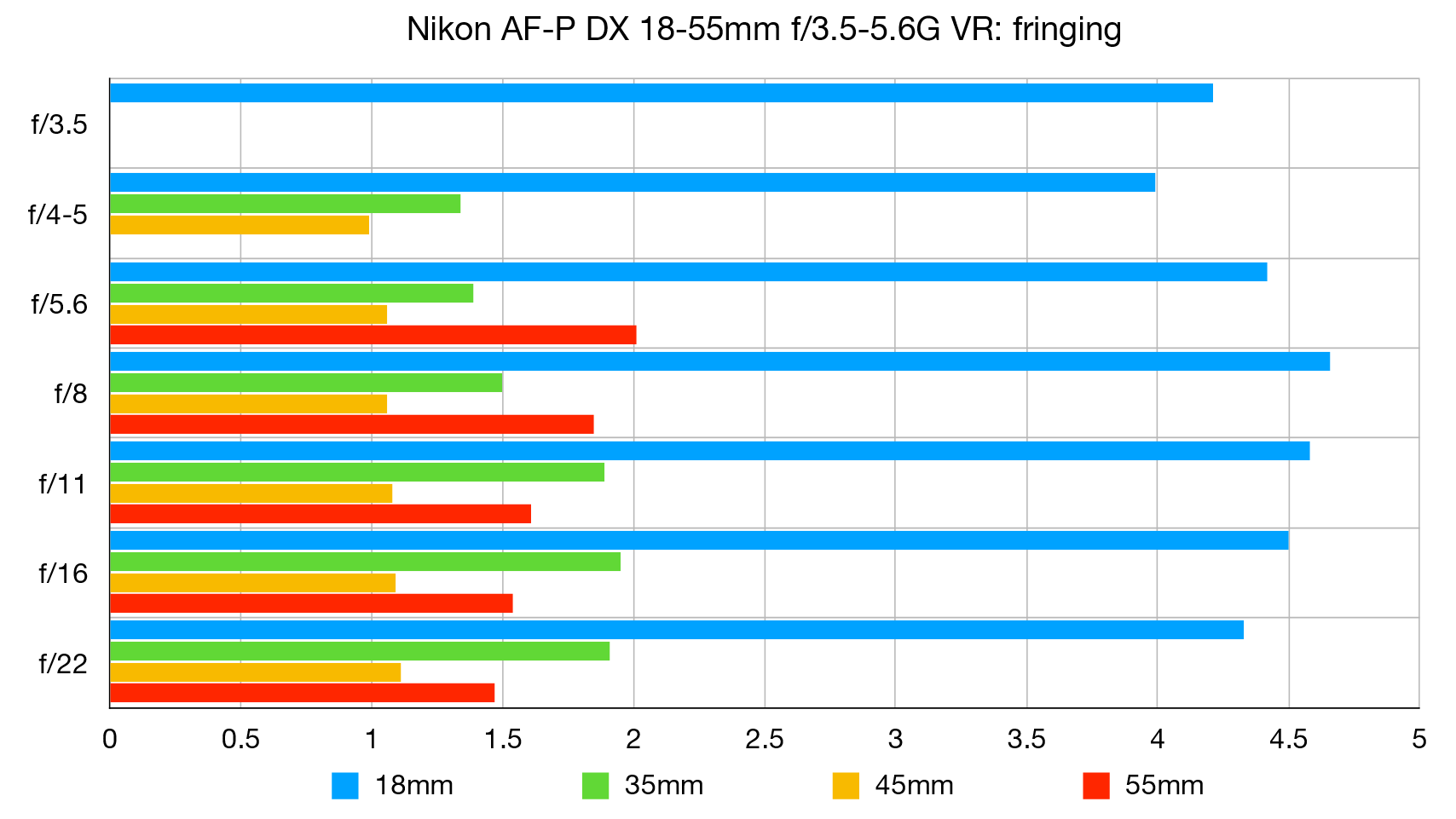Digital Camera World Verdict
As a walkabout or travel lens, this Nikon fits the bill very well. It has a compact and lightweight retractable design that keeps stowage size to a minimum, while giving a useful 27-82.5mm zoom range. 4-stop optical image stabilization (or Vibration Reduction) adds to the attraction and the stepping motor-based autofocus system is good for both stills and video, although it makes the lens incompatible with some back-catalogue DSLRs.
Pros
- +
Lightweight retractable design
- +
Good image quality
- +
4-stop optical VR
Cons
- -
Plastic mounting plate
- -
Incompatible with older DSLRs
- -
HB-N106 hood sold separately
Why you can trust Digital Camera World
The Nikon AF-P DX 18-55mm f/3.5-5.6G VR is designed for DX format DSLRs and is available with or without VR, the stabilized version being the definite favorite. Unlike previous ‘AF-S’ editions, the AF-P models have a ‘Pulse’ (stepping motor) autofocus system, as featured in Z-mount lenses. Handling is enhanced because, unlike in the AF-S 18-55mm, the focus ring remains stationery during autofocusing. However, both autofocus and manual focusing are unavailable when using the lens with some older DSLRs including the D3000-3200, D5000-5100 and D7000.
Specifications
Mount: Nikon F (DX)
Full-frame: No
Autofocus: Yes
Stabilization: Yes
Lens construction: 12 elements in 9 groups
Angle of view: 76 to 28.8 degrees
Diaphragm blades: 7
Minimum aperture: f/22-38
Minimum focusing distance: 0.25m
Maximum magnification ratio: 0.38x
Filter size: 55mm
Dimensions: 65x63mm
Weight: 205g
Key features
The retractable design enables a small carrying size of 65x63mm, although even that looks relatively large compared with the new Z DX 16-50mm for Nikon’s mirrorless Z system cameras. It’s also worth noting that the competing Canon EF-S 18-55mm f/4-5.6 IS STM is pretty much the same size and weight, without resorting to a retractable mechanism.
The optical path features 12 elements in total, including two aspherical elements. Super Integrated Coating is applied to reduce ghosting and flare, and the aperture diaphragm is fairly well rounded, based on seven curved blades.
The AF-P stepping motor-based autofocus system quick and near-silent in operation, as well as enabling smooth autofocus transitions when shooting video. Optical VR (Vibration Reduction) has 4-stop effectiveness. Handling is good rather than great, as the manual focus ring at the front of the lens is extremely narrow. There are also no AF/M nor VR on/off switches, so you’re reliant on the host camera to make any changes. An in-camera menu option to turn VR off is lacking in some older DSLRs, even those that are compatible with AF-P lenses.

Performance
The performance of the autofocus and VR systems lives up to expectations and image quality is pleasing overall. Levels of sharpness are very good across most of the image frame, throughout almost the entire zoom range, but less impressive towards the edges. Color fringing is very noticeable towards the corners of the frame at the shortest zoom setting but this is minimized by in-camera correction for both RAW and JPEG modes in all the Nikon cameras with which the lens is compatible. In-camera correction also helps to some extent with the very noticeable barrel distortion at 18mm.
Lab results
We run a range of lab tests under controlled conditions, using the Imatest Master testing suite. Photos of test charts are taken across the range of apertures and zooms (where available), then analyzed for sharpness, distortion and chromatic aberrations.
We use Imatest SFR (spatial frequency response) charts and analysis software to plot lens resolution at the center of the image frame, corners and mid-point distances, across the range of aperture settings and, with zoom lenses, at four different focal lengths. The tests also measure distortion and color fringing (chromatic aberration).
Sharpness:


Center-sharpness is very good throughout most of the zoom range, although it drops off a little at the long end. The situation is reversed for edge-sharpness at wide apertures, which is generally pretty average but comes on strong at the long end.
Fringing:

Color fringing would be very noticeable at the shortest zoom setting but in-camera correction takes care of it.
Distortion:

With in-camera distortion correction turned off, the true degree of optical distortion is revealed. Barrel distortion is severe at 18mm, though by 35mm it's almost eliminated, and the lens stays almost distortion-free through to 55mm.
Verdict
As a walkabout or travel lens, this Nikon fits the bill very well. It has a compact and lightweight retractable design that keeps stowage size to a minimum, while giving a useful 27-82.5mm zoom range. 4-stop optical image stabilization (or Vibration Reduction) adds to the attraction and the stepping motor-based autofocus system is good for both stills and video, although it makes the lens incompatible with some back-catalogue DSLRs.
Read more:
• Best camera lenses to get
• Best Canon lenses
• Best Nikon lenses
• Best Sony lenses
Matthew Richards is a photographer and journalist who has spent years using and reviewing all manner of photo gear. He is Digital Camera World's principal lens reviewer – and has tested more primes and zooms than most people have had hot dinners!
His expertise with equipment doesn’t end there, though. He is also an encyclopedia when it comes to all manner of cameras, camera holsters and bags, flashguns, tripods and heads, printers, papers and inks, and just about anything imaging-related.
In an earlier life he was a broadcast engineer at the BBC, as well as a former editor of PC Guide.


